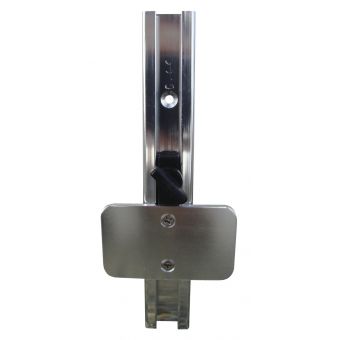If you've just bought a boat or kayak with a view to being able to bring in a little food for the family, then you need to get kitted out with a few gadgets to help get rid of the guesswork.
There's an old adage that tells us there's a reason it's called 'fishing' and not 'catching', but wising up to your surroundings can certainly help you pinpoint where the snapper, kingies, gurnard and terakihi hang out.
Yes, you can ask around for other people's favourite spots, but it's also a great idea to get your hands on a good fishfinder too. So here's our simple three-point guide to what you need.
1. Start simple or go large?
-
There are three basic types of fish finder. One type just shows you what's below on a big screen in your boat. One combines a display of what's under the boat with GPS and works as a chartplotter too (which is great if you want to drift past an underwater structure a number of times). Plus, there's the hi-tech version which integrates radar, GPS charts and even video and may also have Bluetooth or WiFi so you can control all the data via your phone. Most fishfinders that are designed for boats can also be fitted into kayaks.
2. How will it fit my boat?
-
The display is simple and it just needs a mount somewhere near your driving console. However, the transducer (the hardware which sends out the 'ping' to gauge what's going on underwater) can come in a variety of fittings. A through-hull mount is tricky to install but tends to give the best signal. An in-hull fitting means it's glued to the hull and doesn't touch the water, (these can't be used in steel hulls but are fine in fibreglass). Finally, a transom-mounted transducer is simply fitted to the rear of the boat so that the sensor hangs below the hull.
3. What's frequency got to do with it?
The higher the frequency, the better the resolution and the more detail you'll see - no matter how fast you're travelling. The downside is that high frequency fishfinders don't work at the greater depths that a low-frequency model will. Dual-frequency fishfinders allow you to get good detail of what's swimming around as well as a look at the type of terrain you're fishing in. CHIRP fishfinders use compressed high intensity radar pulse to give highly accurate detections of individual fish and bottom structure down to a few centimetres.
For more information on Burnsco's range of chartplotters and fishfinders phone us on 0800 102041, email us, or Livechat with one of our staff via the website. Better still, pop into one of our stores to make sure you get exactly what you need.
